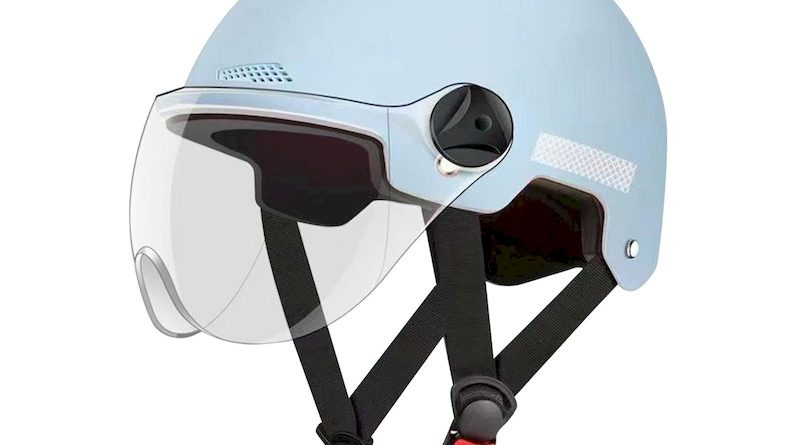Exploring Motorcycle Helmets: Your Ultimate Guide to Safety
Motorcycle helmets are one of the most crucial pieces of equipment for any rider. These helmets serve as essential safety gear designed to protect against the risks associated with riding motorcycles. Studies show that wearing a helmet can reduce the risk of fatal injuries significantly, making them a non-negotiable element of motorcycle riding. However, with a wide variety of styles, materials, and features available, choosing the right helmet can be a daunting task. Understanding helmet types, their components, safety ratings, and maintenance routines is vital for every motorcycle rider. This guide aims to cover everything you need to know about motorcycle helmets, equipping you with the motorcycle knowledge necessary to make informed decisions for your safety and comfort while riding.
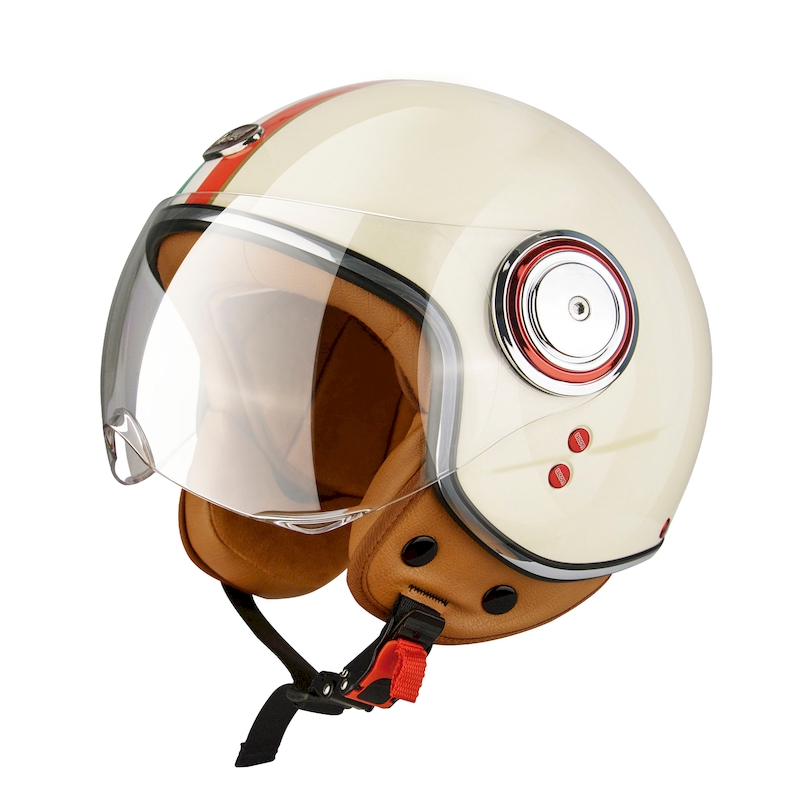
The Critical Importance of Motorcycle Helmets
The significance of motorcycle helmets goes beyond mere compliance with laws; they are a vital part of a rider’s safety arsenal. Understanding their role in promoting safety can help reinforce the importance of wearing a helmet at all times.
Protecting Against Serious Injuries
The primary purpose of motorcycle helmets is to protect the rider’s head in the event of an accident. A well-designed helmet absorbs impact energy, thereby minimizing the risk of head injuries. Innovative materials like expanded polystyrene (EPS) and reinforced outer shells help provide protection during collisions, reducing the severity of injuries that a rider may suffer.
Accidents can occur unexpectedly, whether during a long road trip or a casual ride around town. Riders who wear helmets are significantly less likely to sustain severe injuries. Various studies indicate that wearing a helmet can decrease the likelihood of fatal head injuries by nearly 37%. This statistic should encourage every rider to prioritize safety by wearing a helmet at all times.
Legal Requirements for Helmet Use
Motorcycle helmets are required by law in many states and countries, with regulations varying significantly across regions. In some places, helmet use is mandatory for all riders, while in others, only specific age groups or license types may be subject to helmet laws. Understanding the legal landscape regarding helmet usage is essential for any motorcyclist to avoid fines and penalties.
In your local area, research specific laws concerning helmet use. Not only will this enhance your personal compliance, but it can also contribute to a broader culture of safety within the motorcycling community.
Types of Motorcycle Helmets
The market offers various types of motorcycle helmets, each designed for specific riding styles and preferences. Understanding these differences is vital for selecting the right helmet that best suits your needs.
Full-Face Helmets
Full-face helmets provide the most comprehensive protection for riders. These helmets cover the entire head, including the challenges faced during high-speed rides like wind, debris, and potential impacts. The design features a chin bar and face shield to provide additional protection and help mitigate noise.
Full-face helmets are particularly popular among sportbike and touring riders due to their aerodynamic shape. Many models come equipped with ventilation systems, internal sun visors, and moisture-wicking liners that enhance comfort. By reducing wind resistance and maintaining clarity of vision, these helmets contribute to a safer riding experience.
Modular Helmets
Modular helmets combine full-face protection with the convenience of an open-face design. These helmets feature a hinged front that can be flipped up, allowing for easy communication or ventilation without removing the helmet entirely. This versatility makes modular helmets a favored choice for touring enthusiasts who appreciate the option of breathing fresh air during long rides.
While modular helmets prioritize comfort and convenience, it is crucial to ensure that the helmet meets safety standards. When closed, they should provide the same level of protection as a full-face helmet, offering riders both flexibility and safety.
Open-Face Helmets
Open-face helmets, or three-quarter helmets, cover the top, back, and sides of the head while leaving the face exposed. They provide decent protection for casual rides but may not offer the same level of security as full-face or modular helmets. Riders who prefer an open-face helmet enjoy increased airflow and visibility, making them ideal for urban cruising.
It’s essential to consider the level of exposure when opting for this style. While the lack of a chin bar may enhance comfort and visibility, it also means riders must be more cautious due to the potential for injury.
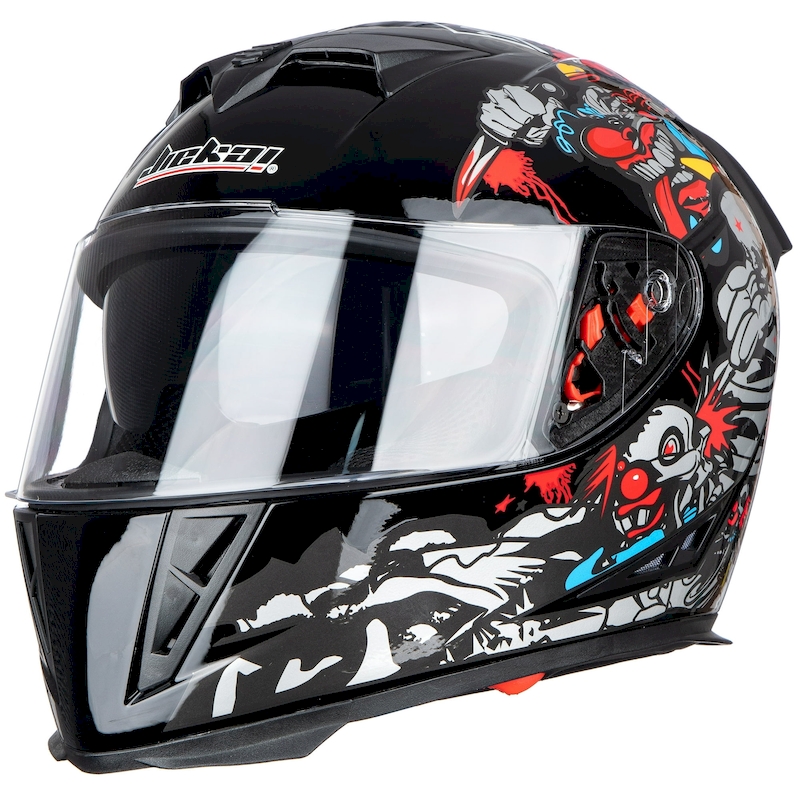
Half Helmets
Half helmets provide minimal coverage, protecting only the top of the head. Lightweight and easy to wear, they are favored by riders who enjoy the freedom of classic styling. However, this design offers the least protection of all helmet types and may not be suitable for high-speed riding.
Riders who choose half helmets should be very aware of the potential risks associated with reduced facial coverage. Although they are convenient for short trips or cruising at low speeds, they do not provide adequate protection during serious incidents.
Specialty Helmets
Specialty helmets are designed for specific activities or conditions. For instance, dirt bike helmets prioritize airflow and incorporate visors for off-road riding. On the other hand, adventure helmets combine features from various styles to accommodate diverse riding environments.
Always consider your specific needs and riding style when selecting a helmet. Specialty helmets highlight how manufacturers are tailoring design elements to enhance rider experiences across different contexts.
Safety Ratings: What You Need to Know
Understanding safety ratings helps you choose a helmet that provides optimal protection on the road. Various certification organizations assess helmets to ensure they meet specific safety standards.
DOT Certification
In the United States, the Department of Transportation (DOT) provides minimum safety standards for motorcycle helmets. Helmets that meet these guidelines will display a DOT certification sticker. These helmets have undergone rigorous testing to ensure they provide adequate impact resistance and do not suffer from penetration.
Having a DOT-certified helmet is essential for all riders, as it establishes a trustworthy baseline for safety. Always verify that the helmet you purchase meets this requirement.
Snell Certification
For riders seeking additional assurances concerning helmet safety, the Snell Memorial Foundation offers more rigorous testing standards. Snell-certified helmets undergo tests that go beyond the DOT requirements, providing riders with enhanced confidence in their helmet’s protective qualities.
Selecting a Snell-certified helmet can be especially beneficial for those who ride at high speeds or in demanding conditions. Helmets boasting this certification generally provide superior protection, so many experienced riders favor them.
ECE Certification
The Economic Commission for Europe (ECE) provides certification standards for motorcycle helmets that are recognized in many regions outside the United States. Helmets that comply with ECE regulations have undergone thorough testing for impact absorption and penetration resistance. This certification assures riders that their helmet meets international safety standards.
Selecting a helmet with ECE certification is particularly important for riders who travel internationally, as ECE helmets are more widely acknowledged in non-DOT regions.
Why Ratings Matter
Always prioritize helmets that meet established safety ratings. Settling for subpar helmets can compromise rider safety and increase the chances of injury. Read labels carefully and consult trusted sources when making your purchase.
How to Choose the Right Motorcycle Helmet
Choosing the right motorcycle helmet involves considering various factors that influence both safety and comfort. Here’s how to make an informed decision.
Measure Your Head
To find the correct helmet size, start by measuring the circumference of your head just above your ears and across your forehead. Use a flexible measuring tape for the most accurate results. Once you have this measurement, consult the helmet manufacturer’s sizing chart to determine your size.
Test Different Styles
After determining your size, try on various helmet styles to gauge comfort and fit. Remember that helmet comfort is subjective; one style may feel excellent to you while feeling uncomfortable to someone else.
Assess Fit and Adjustments
Once you’ve selected a helmet style, adjust the fit accordingly. The helmet should sit level on your head, and the padding should comfortably touch your cheeks without feeling overly tight. Ensure the helmet does not shift during gentle head movements, as this indicates a poorly-fitting helmet.
Chin Strap Security
The chin strap should fit snugly under your chin but should allow room for one or two fingers. A secure strap is essential for maintaining helmet placement during rides.
Consider Features
Modern motorcycle helmets often come with impressive features. Some helmets offer advanced ventilation systems, while others provide built-in speakers for communication and navigation. Evaluate what features are essential for your riding experience.
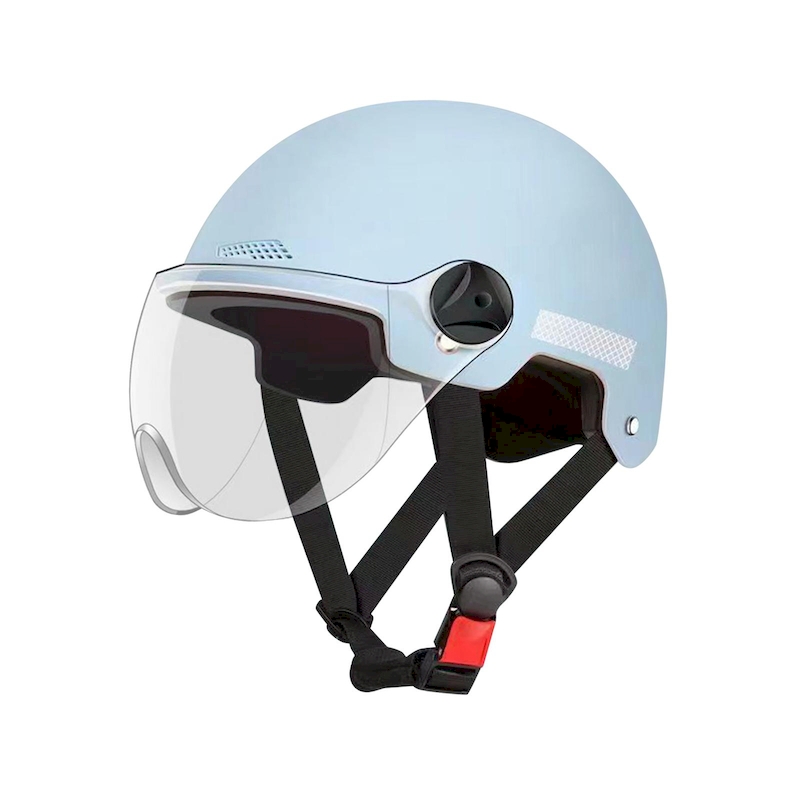
Maintenance Tips to Extend Lifespan
Proper maintenance of your motorcycle helmet ensures its longevity and effectiveness. Here are some best practices to keep your helmet in top condition.
Regular Cleaning
To maintain hygiene, regularly clean both the interior and exterior of your helmet. Wipe down the outer shell with a microfiber cloth and mild soap solution. Avoid using harsh chemicals that could damage the helmet’s materials.
Interior Maintenance
The interior padding collects sweat and odor, so it’s essential to clean it regularly. For removable liners, wash them according to manufacturer instructions. If the padding isn’t removable, use a damp cloth to wipe the inner surfaces, ensuring it dries thoroughly before the next use.
Inspect for Damage
It’s vital to conduct routine inspections to check for signs of damage or wear. Look for cracks in the shell, deterioration of padding, and any issues with straps. If you notice significant damage, consider replacing the helmet promptly.
Proper Storage
When not in use, store your helmet in a cool, dry location away from direct sunlight. Consider using a helmet bag or case to protect it from dust and scratches. Proper storage extends your helmet’s lifespan considerably.
Avoid Modifications
Avoid any modifications to your helmet. Alterations can compromise the integrity of the helmet and reduce its effectiveness during an impact. Always use the helmet as it was designed, ensuring the protection it provides remains intact.
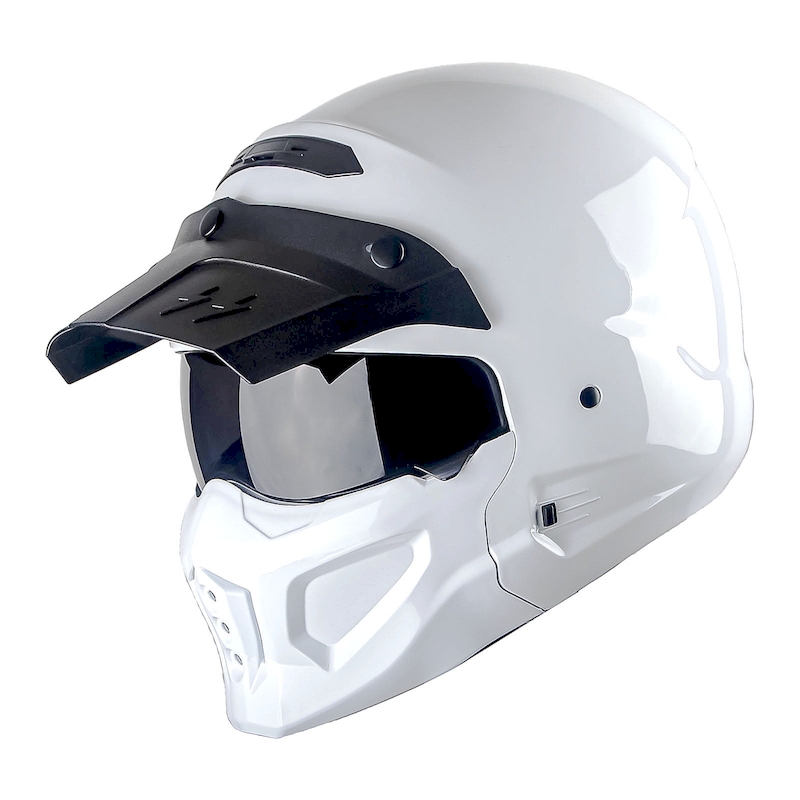
Addressing Common Issues
While helmets are designed to keep riders safe, they can encounter issues that may affect their performance. Knowing how to troubleshoot these problems can enhance your riding experience.
Fit Problems
If your helmet feels loose or tight after extended use, reassess the size and fit. Consult sizing charts and, if necessary, try a different brand or model. Issues related to fit can often be resolved through careful selection and trying on different helmets.
Noise Levels
Wind noise can distract and even fatigue riders over long distances. Choose helmets specifically designed to minimize noise, or consider adding acoustic earplugs to reduce wind effects.
Odor Control
Over time, sweat and moisture can lead to odors inside the helmet. Use specialized helmet deodorizers or baking soda to maintain freshness. Regular cleaning routines also prevent the buildup of unpleasant smells.
Damage Assessment After Accidents
After any accidents, thoroughly inspect your helmet for signs of damage, regardless of how minor they seem. Helmets involved in a crash often need to be replaced, even if no visible damage is apparent. The structural integrity may be compromised, impacting safety.
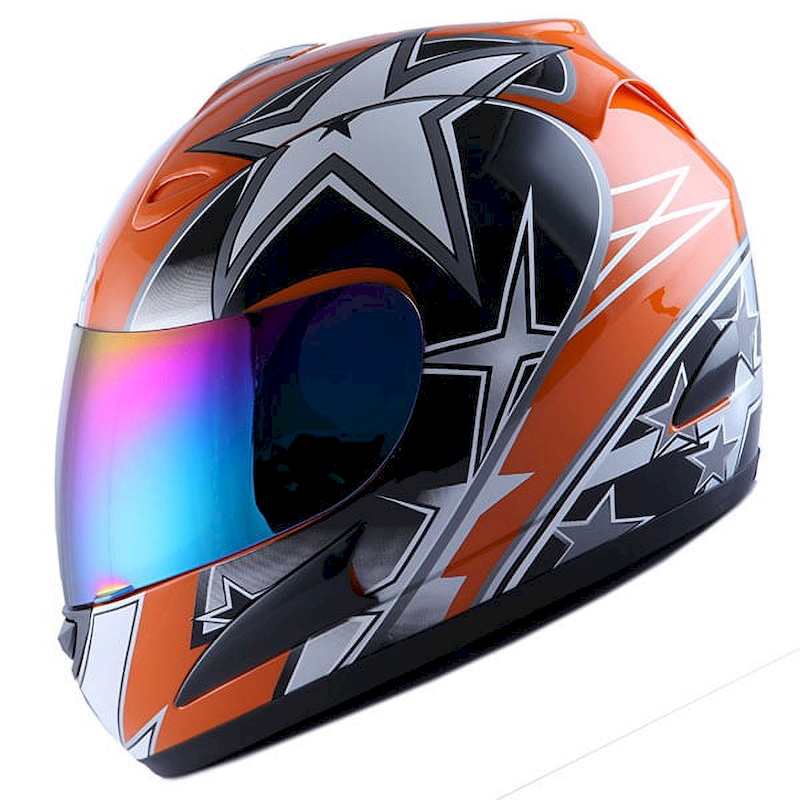
Conclusion
In summary, understanding motorcycle helmets is crucial for every rider who wants to ensure maximum safety while enjoying the exhilarating experience of riding. Helmets come in various types, and knowing their suitability for different riding styles contributes to informed choices. Safety certifications, proper measurement, and fit will influence both performance and comfort, enabling riders to hit the road with confidence.
Routine maintenance, including cleaning and inspections, is vital for extending the lifespan of your helmet and guaranteeing its effectiveness. By addressing common issues and understanding how to troubleshoot them, you will enhance your riding experience and promote a safer environment for yourself and others on the road.
Ultimately, investing time in motorcycle knowledge ensures that you recognize the importance of top-quality motorcycle helmets. Whether you’re commuting, touring, or exploring new routes, wearing the right helmet can make all the difference. So gear up, stay safe, and embrace the open road with style and safety!
